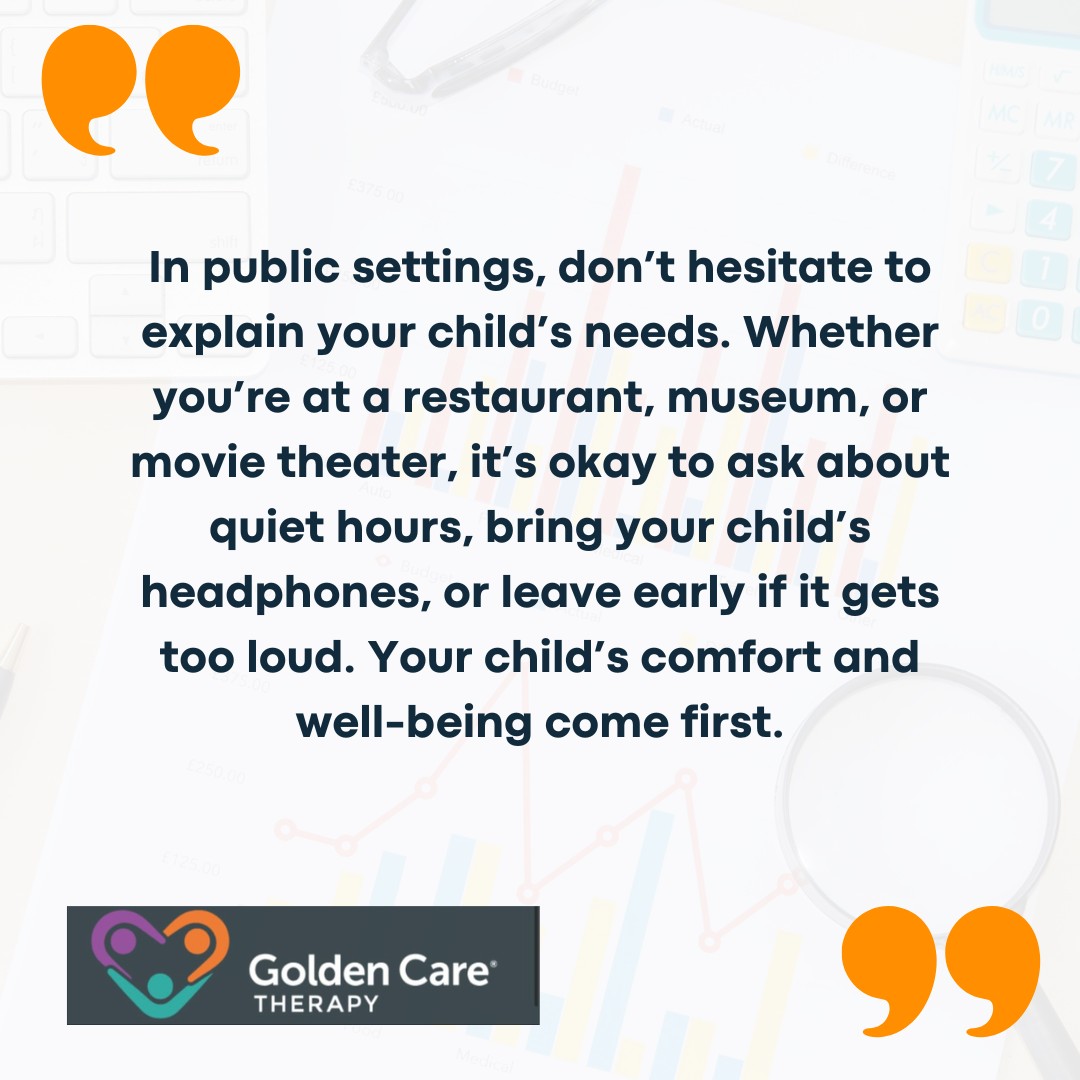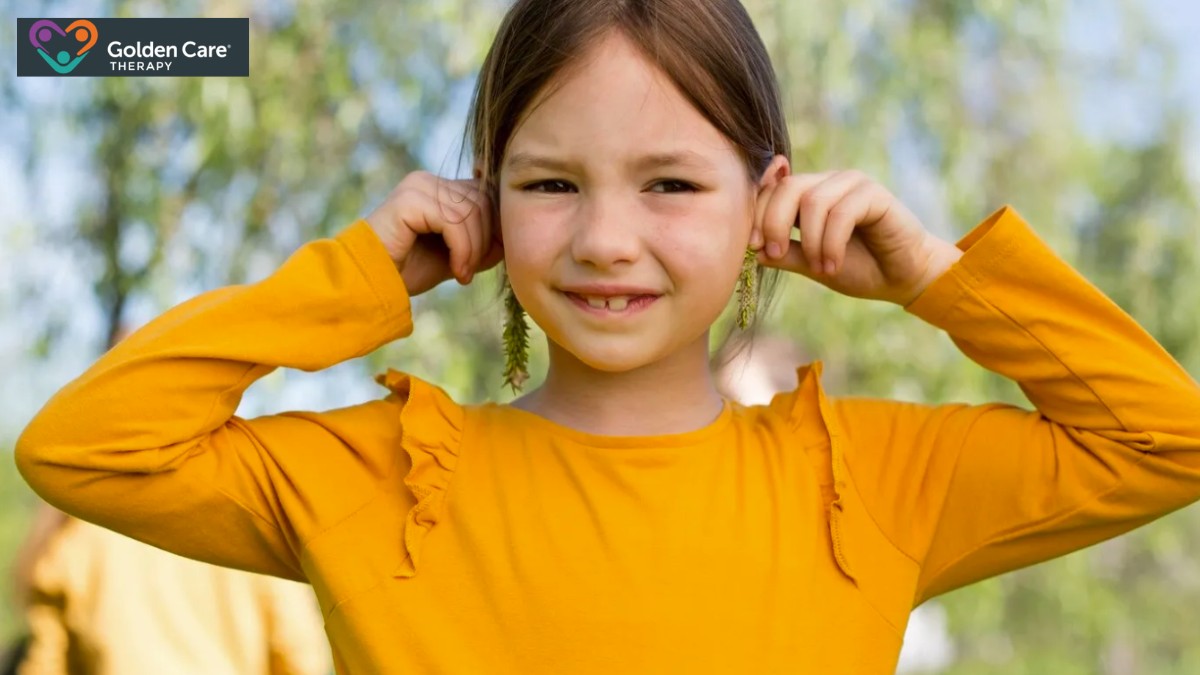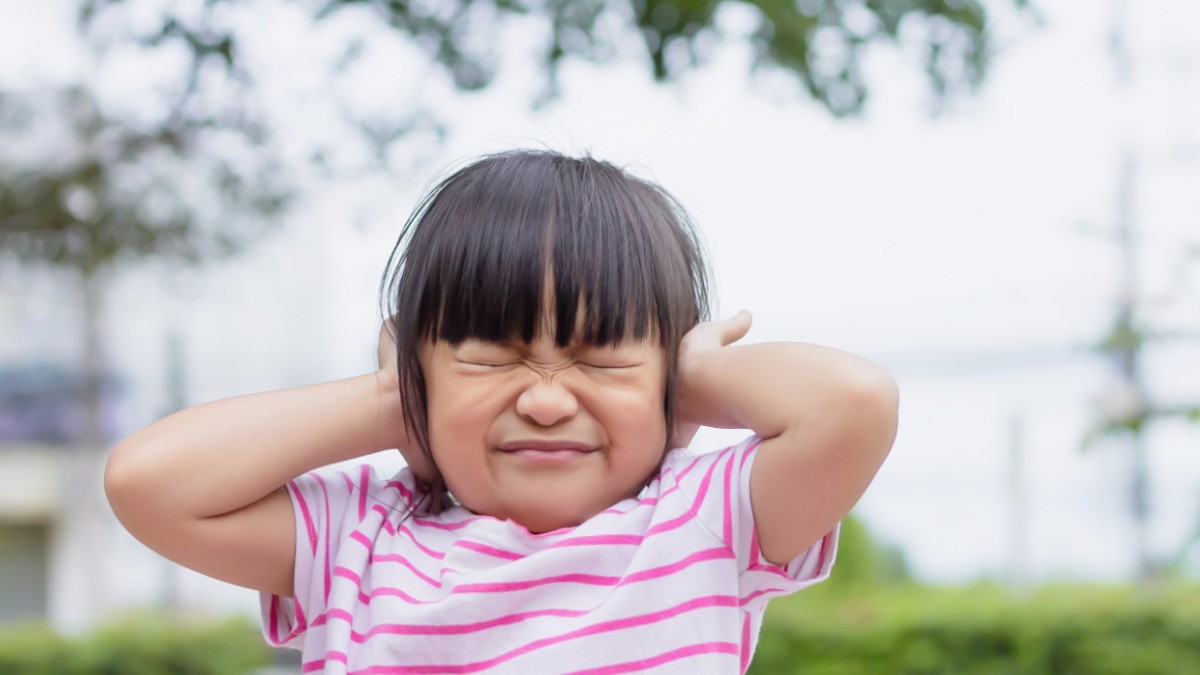For many kids with autism, the world can be a loud and overwhelming place. While a sound like a vacuum cleaner, a barking dog, or a crowded restaurant might just be mildly annoying to most people, for an autistic child, it can feel physically painful or emotionally distressing.
Loud noises can cause real sensory overload, which can then lead to meltdowns, anxiety, or even avoidance of certain places or activities. As caregivers, parents, or educators, it’s incredibly important to understand how noise sensitivity affects autistic children and how to help them manage and cope with it in ways that feel safe, respectful, and effective.
Here, we’re going to provide practical, compassionate tips for helping autistic children navigate a world that often isn’t designed with their sensory needs in mind.
Offer Tools That Empower the Child
Coping with loud noises doesn’t always mean changing the world, it also means giving children tools that help them feel in control of their sensory experience. One of the most effective and accessible tools is noise-canceling headphones or earmuffs.
Many autistic children find comfort in wearing them in noisy places like grocery stores, public transportation, or school cafeterias.
Earplugs can also be an option for older children, especially those who might be more self-conscious about bulky headphones. There are even products designed specifically for kids, with soft materials and fun colors to make them more appealing.
Beyond physical tools, it’s also important to give children the language to talk about what they’re feeling.
For younger kids, this might be as simple as using picture cards or gestures to communicate when a sound is bothering them. For older kids, teaching phrases like “It’s too loud for me” or “I need a break” empowers them to advocate for themselves and seek support when they need it.
Start with Empathy and Observation
Helping a child cope with loud noises begins with empathy. If your child cries, covers their ears, runs away, or melts down in noisy environments, it’s not because they’re being difficult. Rather, it’s because something in their environment is too much for them.
So, instead of trying to “toughen them up” or force them to get used to it, start by acknowledging that their reaction is valid.
Observe when and where the distress happens.
Is it during school assemblies? Is it when you run the blender in the kitchen? At the movie theater? Once you know what situations are particularly tough, you can begin to make thoughtful changes that support the child’s comfort and confidence.
Build a Safe Space for Retreat
When loud noises become too much, children need a place where they can retreat and reset. This could be a quiet room at home, a cozy corner at school, or even a tent filled with pillows and calming items. The idea is to create an environment where the child feels safe, comforted, and shielded from sensory input.
If you’re at home, you might consider adding soundproofing elements to your child’s room, like heavy curtains or white noise machines, to block out background noise.
At school, work with teachers to create a plan for sensory breaks. This could involve stepping into the hallway, using a calm-down area, or having a scheduled “quiet time” during the day.Having a safe space doesn’t mean the child is avoiding the world — it means they have somewhere to go when they need to self-regulate. To support this, How to Create a Sensory-Friendly Classroom for Autistic Kids offers practical strategies to design environments where children can feel secure and build resilience through self-awareness.
Be an Advocate in Public and Educational Settings
If your child is in school, talk to their teachers and special education staff about sound sensitivity. Ask if they can be seated farther from noisy areas, given a warning before loud activities, or allowed to wear headphones during certain times.
Some schools allow students to take breaks in a quiet area or give them advance notice before fire drills and assemblies. These accommodations can make a huge difference in a child’s daily experience.

Use Calming Techniques to Regulate After Noise Exposure
Even with the best planning, there will be times when a child is exposed to loud noises and becomes overwhelmed. When this happens, focus on calming and co-regulation. The goal isn’t to force them to “snap out of it,” but to help them feel safe and grounded again.
Some children benefit from deep pressure (like a firm hug or a weighted blanket), while others prefer gentle rocking or quiet time alone. You might try breathing exercises, calming music, or guided visuals (like imagining floating on a cloud).
It’s important to validate the child’s experience without judgment. Instead of saying, “It wasn’t that loud,” try, “I know that was really loud for you. It’s okay to feel upset.” When children know their feelings are accepted, they’re more likely to recover calmly and trust you in future situations.

Final Thoughts
Whether you’re a parent comforting your child after a fireworks show, a teacher trying to create a quieter classroom, or a caregiver working on sound tolerance step by step, your efforts matter. By tuning into what a child needs and meeting them with patience and empathy, you’re not just helping them cope, but you’re also helping them thrive.
And remember: every child is different. What works for one may not work for another. So stay curious, stay flexible, and most of all, stay kind.
The journey may be noisy, but with the right support, it can also be full of growth, connection, and understanding. We at Golden Care Therapy walk alongside families every step of the way as we offer ABA therapy in Florida, New Jersey, Indiana, New York, and Georgia. If you’re ready to take the next step toward meaningful progress, contact us today so we can help your family thrive.
Sources:



